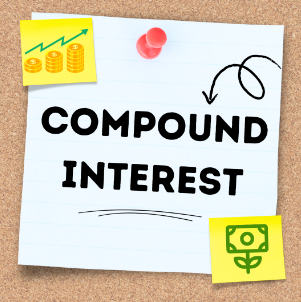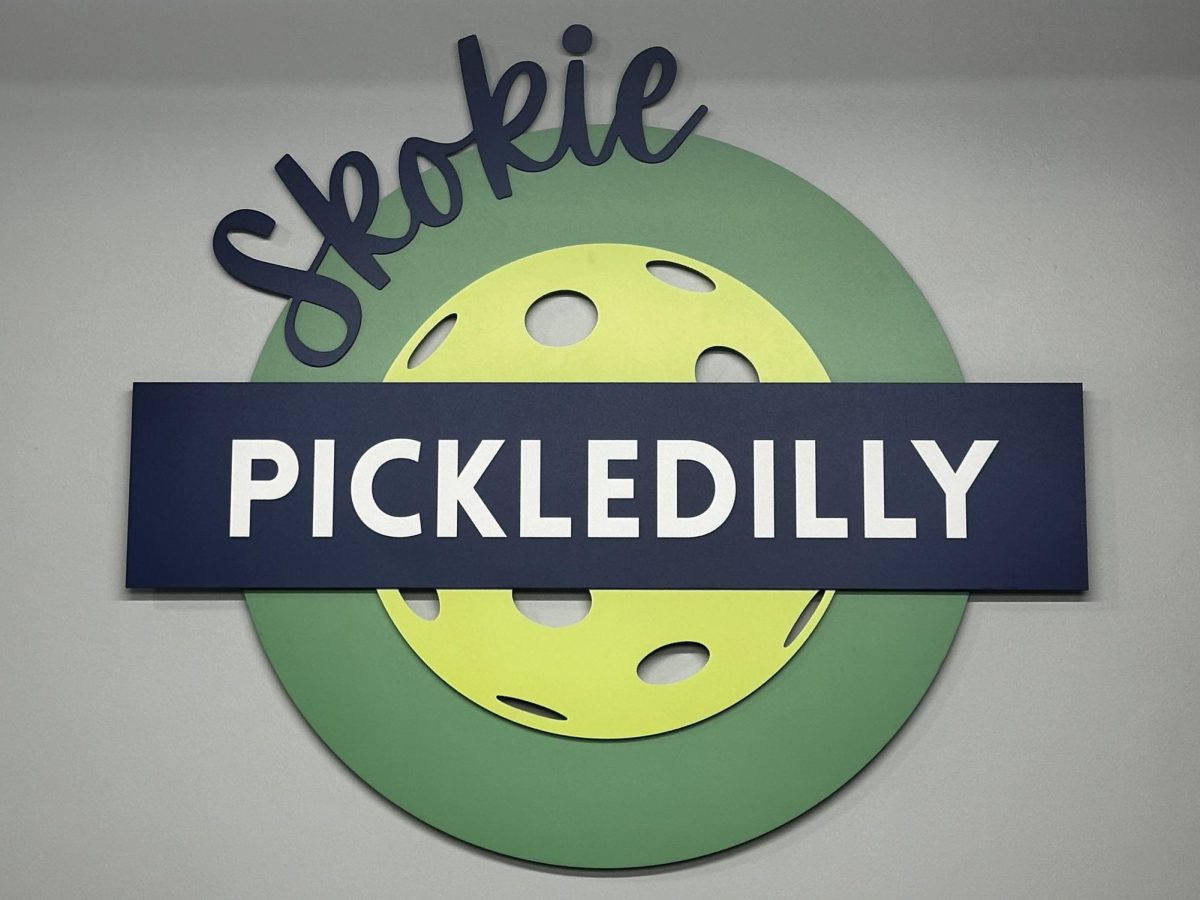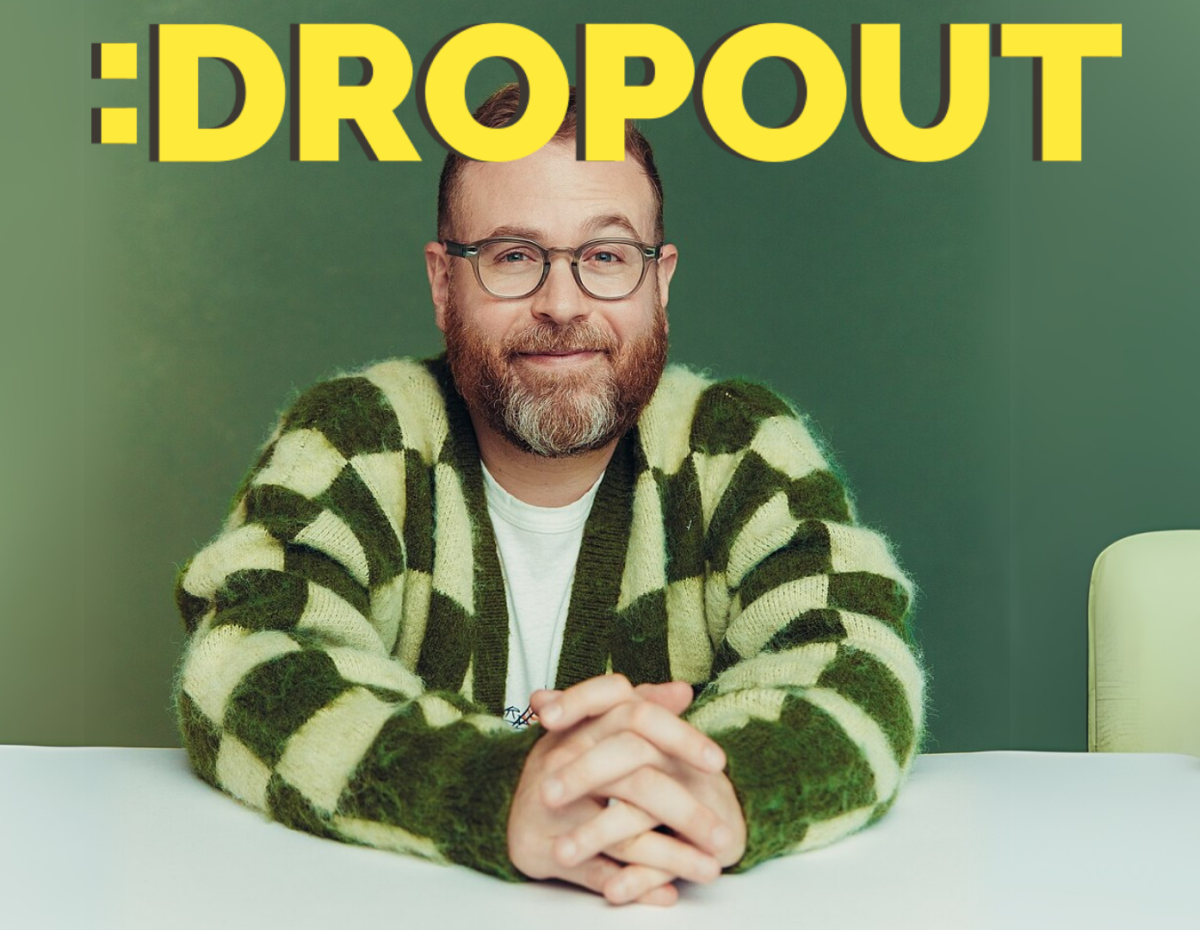How big a difference can the interest rate on a savings account really make? Well, due to compound interest, those little differences can add up to a large sum in the long term. Since high schoolers will need to start making some financial decisions (which bank to open a savings account with, how to start investing, and many others), they must learn about compound interest to efficiently use their money.
To start off, some terms need to be defined. Principal is the amount first put in, let’s say $100,000. In this context, interest is a percentage gain or loss based on a certain dollar amount. Simple interest is when interest is only gained on the principal amount. Compound interest, on the other hand, includes interest on the interest gained previously, in addition to interest on the principal. Formulas for both simple and compound interest are given at the bottom of this article.
First of all, simple interest. If the interest rate on $100,000 was 10% per year, at the end of 20 years, the total amount would now be up to $300,000, with $200,000 of that being interest.
If you use the same parameters as before but with compound interest (and with interest being compounded yearly), the total return would be $672,749.99, with $572,749.99 of that being interest. That is way more ($372,749.99, to be exact) than what would have been gained from simple interest in that same time period! Finding a total with compound interest is a bit more complicated than with simple interest, but there are many great resources that can calculate the information for you. The SEC has a great compound interest calculator that can help to skip over all of that pesky math.
Now that we know what compound interest is, how can it be obtained? Compound interest occurs in the stock market. If a stock gains 1% one day, and then 1% the next day, it would be 2.01% higher than the original amount on the first day. Certificates of deposits, also known as CDs, earn compound interest as well. Checking and savings accounts also both generally have compound interest. Bonds are a bit more complex of a case, compounding semi-annually.
For a real-world example, many high school students may be thinking about opening up a savings account. The choice of what bank to use is a mighty one, as a high-yield savings account will offer much higher return in the long run as opposed to a traditional savings account. Currently, Discover offers a high-yield savings account with a 4.35% interest rate, while a basic savings account offered by Citi has a paltry 0.03% interest rate.
If you start off with $500 in the account, and add $40 a month, for 8 years (let’s say, for example, you opened it freshman year, and look at the balance after you graduate college), a total of $4,340 would have been directly contributed, and the Citi account would be at a total of $4,345.81 ($5.81 in interest) while the Discover account would be at $5,300.68 ($960.68 in interest). Just by choosing a different savings account, $954.87 in interest would have been missed out!
That difference will only grow as time goes on, which is a similar reason as to why it is highly recommended for people to start investing as young as possible. If someone starts investing a decade before retirement, they will have had many fewer years of compounding interest than someone who started when they first got their job. High schoolers can start investing through a custodial brokerage account, or a minor Roth IRA if they have earned income. With compound interest, the sooner, the better!
Compound interest isn’t always a good thing, though. While earning compound interest is great, paying compound interest is certainly not. For example, credit cards with a balance charge compound interest, meaning that the individual would face a higher amount of interest they have to pay back. That is why everyone who has a credit card has to be very careful, and make sure to pay off their balance on time.
Compound interest is a strong force in finance, and can either help or hurt an individual. It is an important concept in math, and learning the different kinds of interest and their equations can be quite useful.
Bonus Math:
The formula defining returns from simple interest is A=P(1+rt), with A equalling total returns, P equally the initial principal, r equalling the interest rate, and t equalling time.
The formula for returns from compound interest is A=P(1+r/n)^nt, with A equalling the total return, P equalling the principal, r equalling the interest rate, t equalling time, and n equalling the number of times interest gets applied per time period (t).















